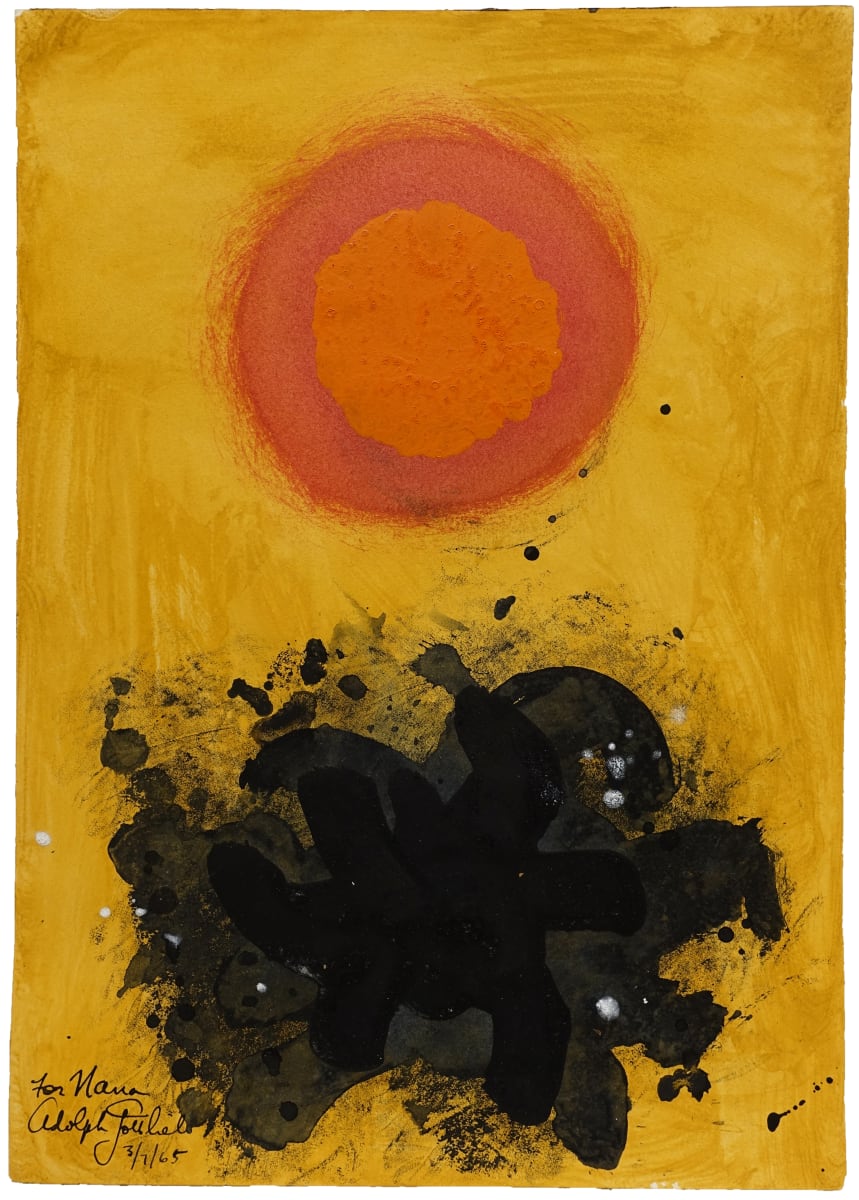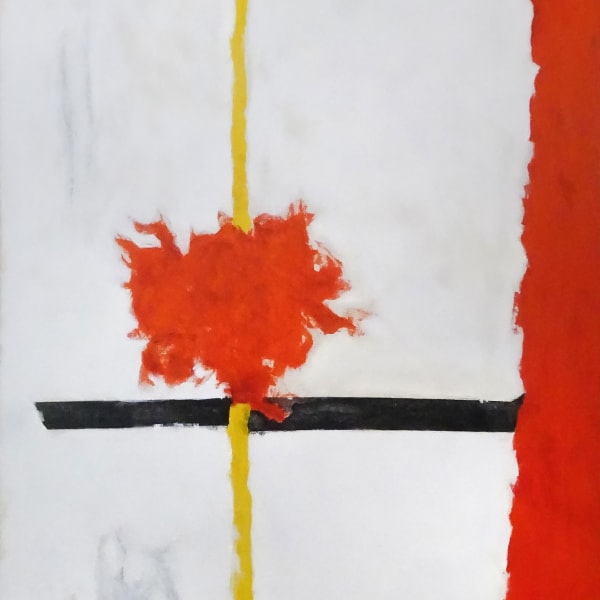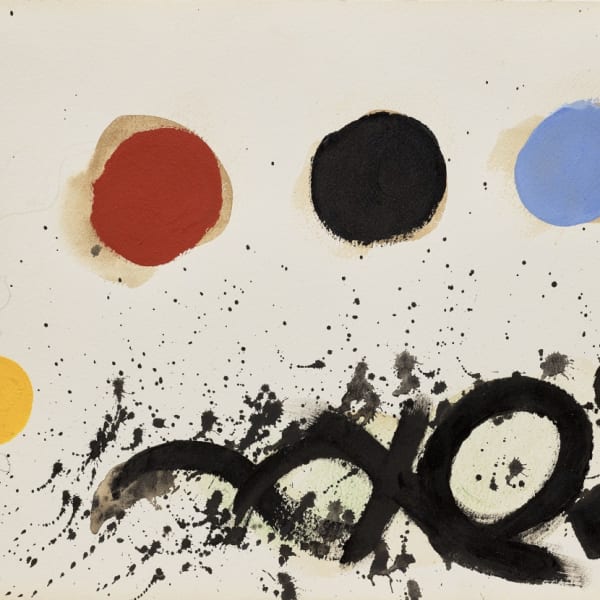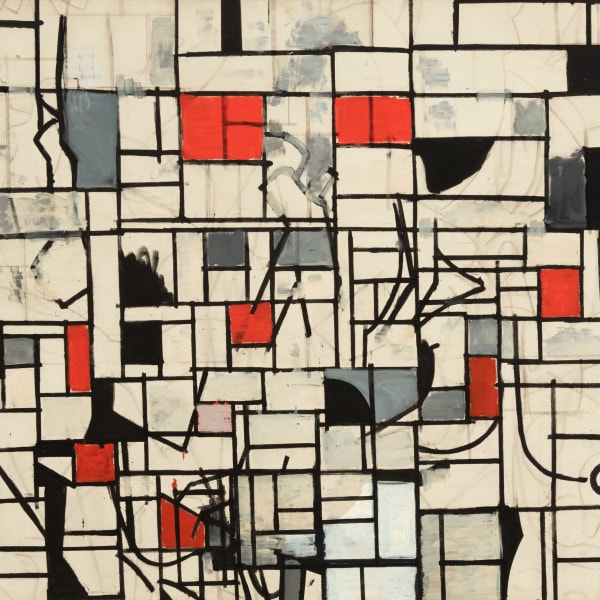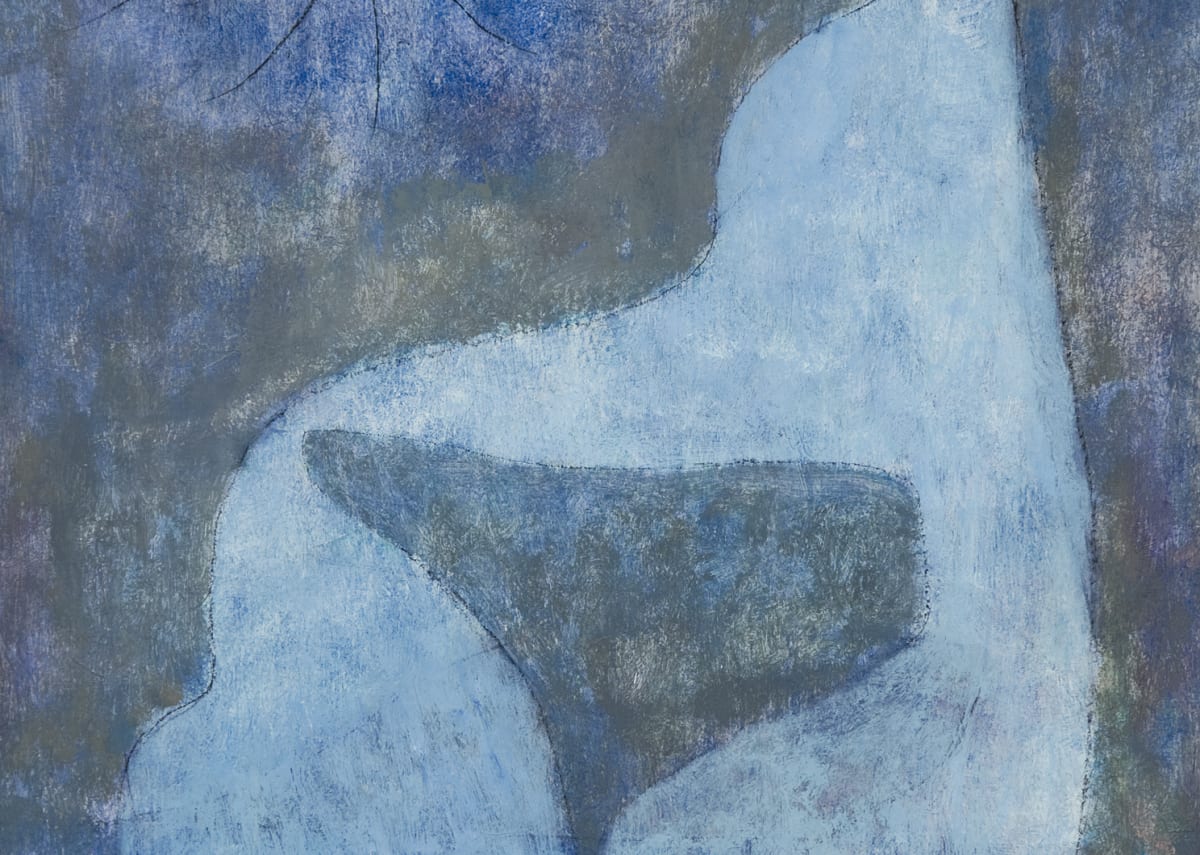
The Surrealists’ emphasis on the collective unconscious and primal motifs resonated with Gottlieb’s desire to create universal art using elemental symbols.
Born in New York in 1903, Adolph Gottlieb studied at several New York art schools and traveled abroad extensively. During this early period, he befriended Barnett Newman, Mark Rothko, and John D. Graham.
In 1935, Gottlieb, with Rothko, William Baziotes, and others, founded the Ten, a group opposed to the dominance of American Regionalism in the New York art world. Exhibiting together for five years, these artists, along with Jackson Pollock, Willem de Kooning, and others would come to be known as the first generation of Abstract Expressionists.
Born in New York in 1903, Adolph Gottlieb studied at several New York art schools and traveled abroad extensively. During this early period, he befriended Barnett Newman, Mark Rothko, and John D. Graham.
In 1935, Gottlieb, with Rothko, William Baziotes, and others, founded the Ten, a group opposed to the dominance of American Regionalism in the New York art world. Exhibiting together for five years, these artists, along with Jackson Pollock, Willem de Kooning, and others would come to be known as the first generation of Abstract Expressionists.
In 1937 Gottlieb moved to Arizona, where exposure to Native American wall paintings and the desert landscape contributed to his developing aesthetic. Surrealism also emerged as a strong influence. The Surrealists’ emphasis on the collective unconscious and primal motifs resonated with Gottlieb’s desire to create universal art using elemental symbols. These varied influences inspired Gottlieb to develop his pictographs, which he first exhibited in 1942 at the second annual exhibition of the Federation of Modern Painters and Sculptors at Wildenstein Galleries. Later that year, he exhibited a series of pictographs in a solo exhibition at Artists’ Gallery, New York.
In 1943, Gottlieb and Rothko wrote a letter to The New York Times, in which they made the first formal statement of Abstract Expressionism: “We favor the simple expression of the complex thought. We are for the large shape because it has the impact of the unequivocal. We wish to reassert the picture plane. We are for flat forms because they destroy illusion and reveal truth.”
In his paintings of the 1950s and 1960s, Gottlieb demonstrated an increasing interest in color-field painting and abstract symbolism. He died in 1974.









